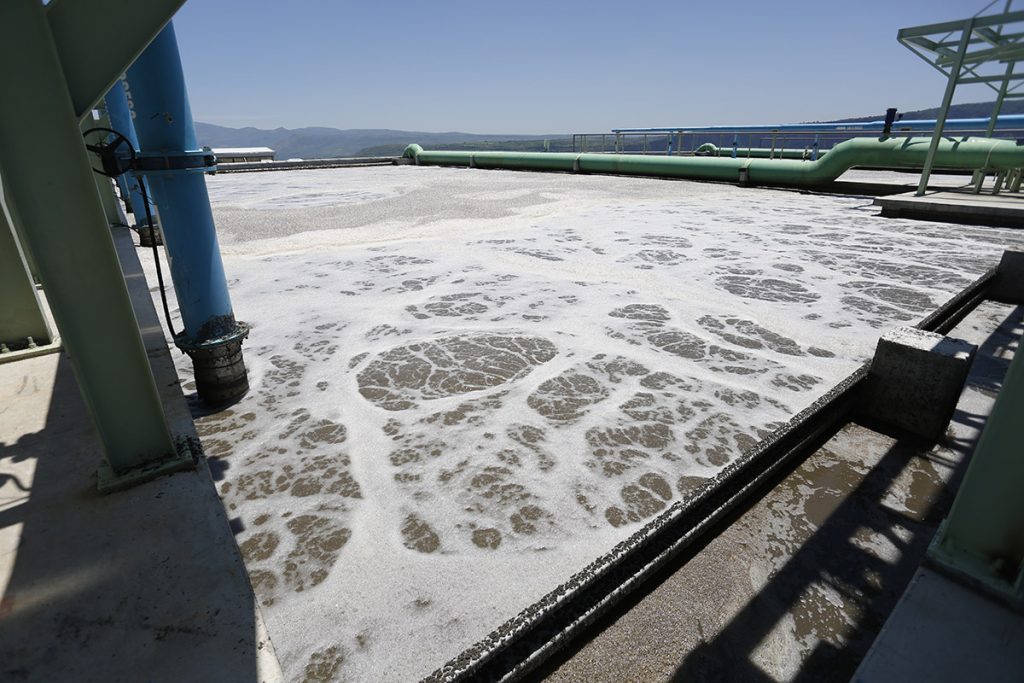Access to clean water is a fundamental human right, however, it is not always a reality for all communities. Water treatment plants play a crucial role in ensuring that water is safe for human consumption. These facilities are the cornerstone of the water supply infrastructure, using advanced technology to purify water and make it fit for consumption. In this article, we will explore in detail what water treatment plants are, how they work, and the benefits they bring to the community.
What are water treatment plants?
Water treatment plants are facilities specifically designed to treat raw water and convert it into safe drinking water for human consumption. These plants are equipped with a variety of purification processes that remove contaminants, bacteria, and other pathogens from water, ensuring its quality and safety. From large cities to remote rural areas, water treatment plants play a vital role in providing access to clean, healthy water for the population.
Operation of water treatment plants
The operation of a water treatment plant involves a number of processes that work together to remove impurities and make water safe for human consumption. Below are some of the key processes commonly found in these facilities:
Coagulation and Flocculation
The process begins with coagulation , where chemicals such as aluminum sulfate or ferric chloride are added to raw water . These chemicals help to clump together suspended particles in the water, forming larger flocs. Then, in the flocculation stage, the water is agitated so that the flocs stick together and become heavier, making them easier to remove in the next steps of the process.
Sedimentation
After coagulation and flocculation, the water passes through a sedimentation tank where the flocs formed settle to the bottom of the tank due to gravity. This process physically separates the solid particles from the water, producing clarified water that is ready for the next stage of treatment.
Filtration
The filtration stage involves passing the clarified water through filter media, such as sand, gravel, and activated carbon. These media act to remove smaller particles, bacteria, and other contaminants that may have remained in the water after sedimentation. Filtration is a crucial step in ensuring the purity of the water before it is considered drinkable.
Disinfection
Once the water has been filtered , it undergoes a disinfection process to eliminate any bacteria, viruses, or other pathogenic microorganisms that may be present. The most common method of disinfection is chlorination, where chlorine is added to the water to kill microorganisms. Other disinfection methods include ultraviolet irradiation and ozonation.

Benefits of water treatment plants for the community
Water treatment plants offer a wide range of benefits to the community, which go beyond simply providing access to clean water. Below are some of the most significant benefits:
Improving public health with water treatment plants
By providing safe, contaminant-free drinking water , water treatment plants help prevent waterborne diseases such as cholera, dysentery, and typhoid fever. The availability of clean water contributes significantly to improving public health in a community by reducing the incidence of water-related diseases.
Economic development
Access to clean water is essential for the economic development of a community. The plants enable the growth of local industries by providing a reliable supply of water for industrial and commercial use. In addition, by reducing the burden of water-related diseases, healthcare costs are minimized and the productivity of the population is increased.
Food safety
Clean water is essential for the production of safe and healthy food. Water treatment plants ensure that farmers have access to clean water to irrigate their crops , contributing to community food security. In addition, by providing safe water for human consumption, food contamination is prevented and the risk of foodborne illness is reduced.
Environmental Protection
This plants also play an important role in protecting the environment by reducing water pollution. By treating wastewater and removing contaminants before discharging it into nearby rivers or bodies of water, these facilities help preserve aquatic ecosystems and maintain biodiversity. Furthermore, by promoting sustainable water use practices, they contribute to the conservation of this vital resource.

